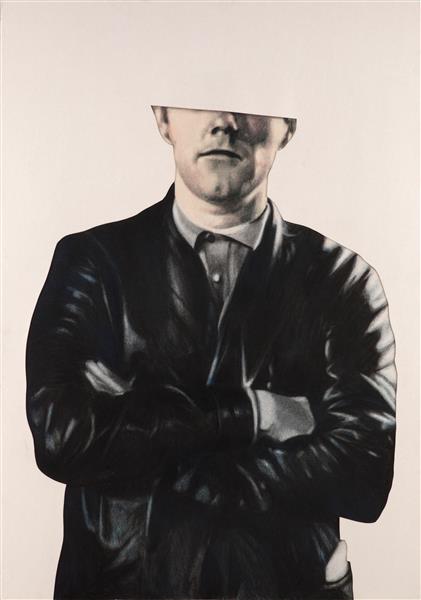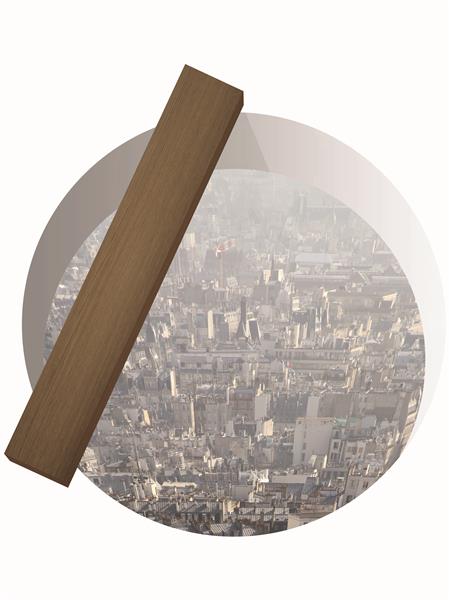Superjednostka
Szymon Kobylarz
mixed media
ca. 200 × 120 × 36 cm
2007
Acquisition 2008
Inv. No. 0177
on loan
A sculpture in the form of an architectural model that has a story to tell: this is one of Poland’s largest residential blocks, also known by the name of “Superjednostka” (Superunit) and erected between 1961 and 1970 on the eastern outskirts of the industrial town of Katowice. The structure, which was planned by the architect Mieczysław Król, is fifteen stories high and still used today. It accommodates some 3,000 people and forms part of a gigantically dimensioned urban expansion project as was typical of the 1960s. With its multipurpose hall, the building is located at one end of a generously conceived avenue of Socialist Modernism.
Frequent reference is made to the similarities and the conceptual relationship between Katowice’s superblocks and Le Corbusier’s Unité d’Habitation. And indeed not only the project’s name, but also its load-bearing system, with the corpus being supported on piles, is reminiscent of the famous example of doctrinaire Modernist architecture. Le Corbusier strove to achieve the highest possible degree of efficiency through the standardized series production of his gargantuan housing machines. Today the structures are regarded as masterpieces of modern architecture, but also as synonyms for the equalization of individuals and their needs.
Kobylarz, born twenty years after the “Superunit” was planned, calls to mind that, due to the combination of aestheticism and functionalism as it was specifically practiced during the 1960s, the ideological gap between Western and Eastern architectural culture was not at all that big as was claimed during the Cold War: both here and there, a euphoric belief in progress prevailed, as did the idea that people’s happiness could be optimized through social engineering and planning on a large scale. Here the artist addresses both the release from the Communist heritage and the deconstruction of Modernism and its symbols.
Szymon Kobylarz has reproduced the prestigious fifty-year-old Polish structure in the form of a traditional architectural model. Yet he presents Katowice’s superblock as a terrifying ruin. The reason for the black hole in the building and the traces of fire remains open. Eventually it does not matter whether the structure’s deterioration is due to a real catastrophe or whether it is an allegorical commentary made by a young artist who innocently deals with the past. After all, Modernism’s utopian claim has long been over and done with – which also holds true for its Socialist variant.
Wolfgang Kos, Heike Maier-Rieper, 2011 (translation: Wolfgang Astelbauer)
Continue readingExhibitions
TRANSFORMATIONS. Modernity in the Third Polish Republic, Muzeum Narodowe w Krakowie | The National Museum in Kraków, Krakow, 2024
Now, At The Latest. videos and other attractions from the evn collection, Kunsthalle Krems, Krems, 2015
Viennafair - Stand evn collection, Viennafair, Vienna, 2013
Fifty Fifty - Kunst im Dialog mit den 50er Jahren, Wien Museum, Vienna, 2009
Publications
TRANSFORMACJE. NOWOCZESNOŚĆ W III RP. Transformations. Modernity on the Third Polish Republic, Krakow 2024, p. 322
Now, At the Latest, Maria Enzersdorf 2015, p. 35
evn collection. 2006–2011, Cologne 2011, p. 242 ff
Fifty Fifty - Kunst im Dialog mit den 50er-Jahren, Nuremberg 2009, p. 53


